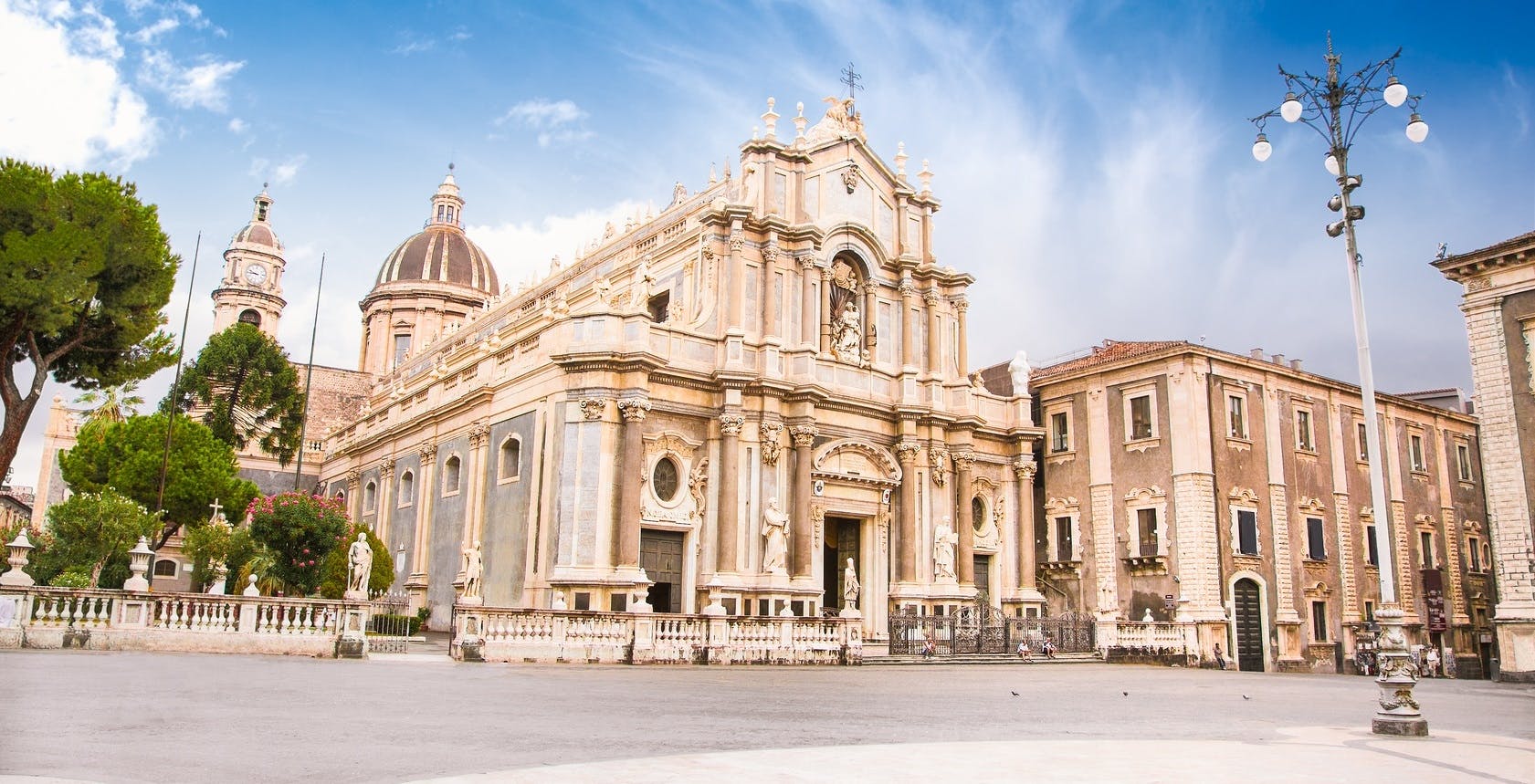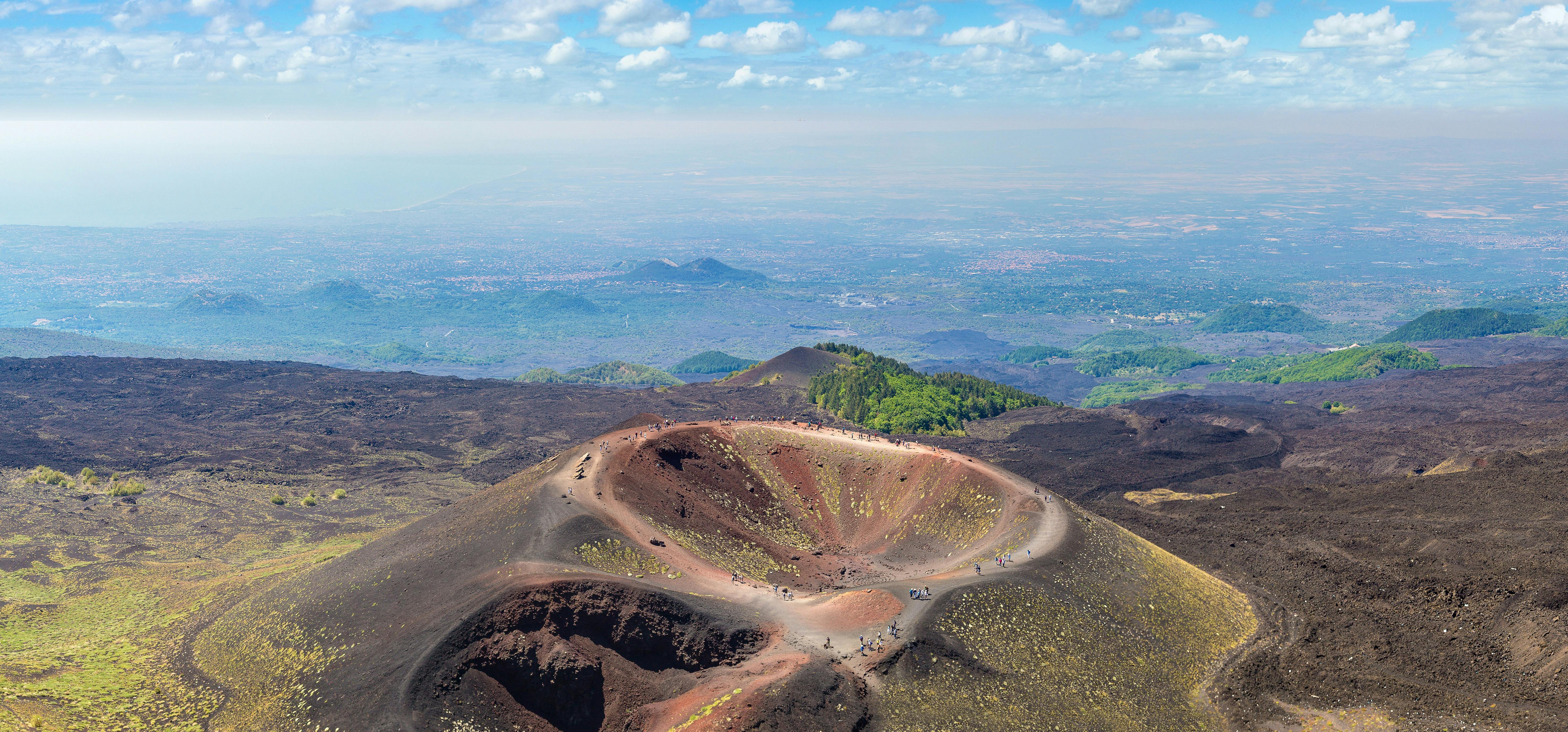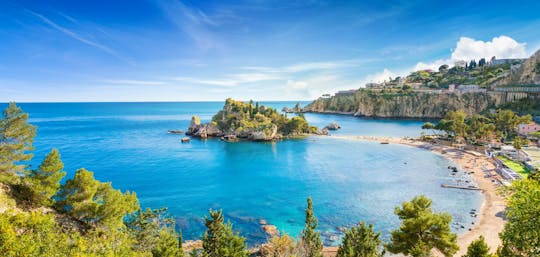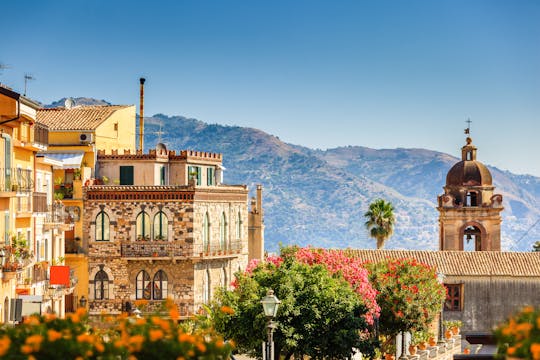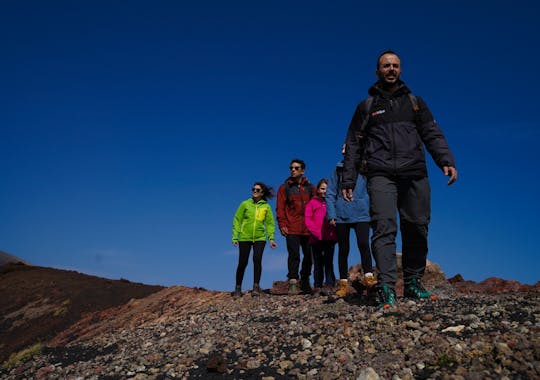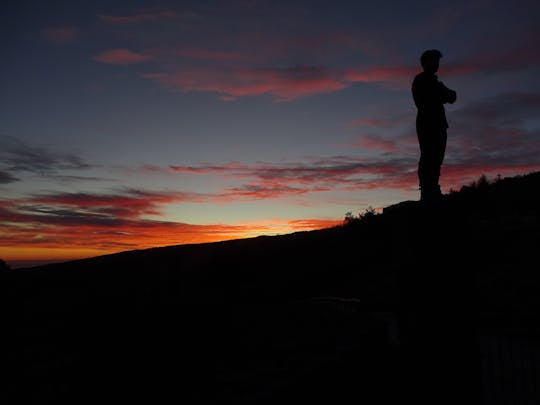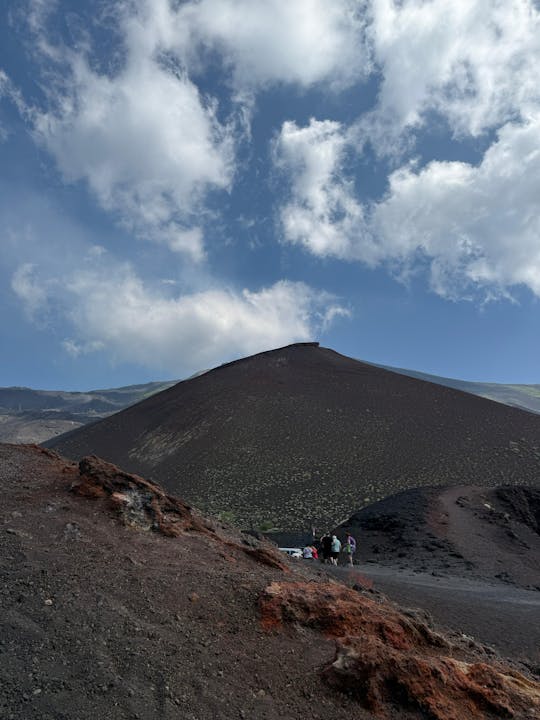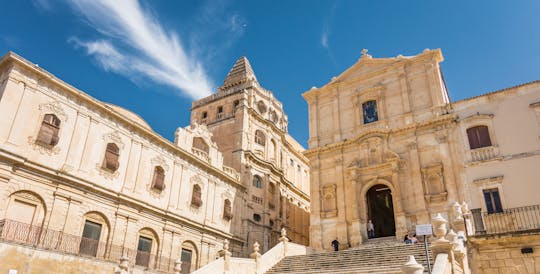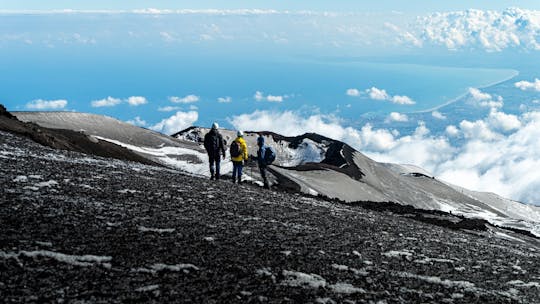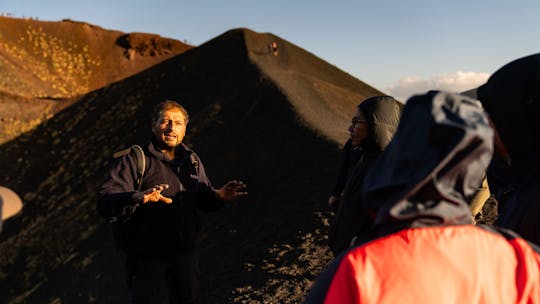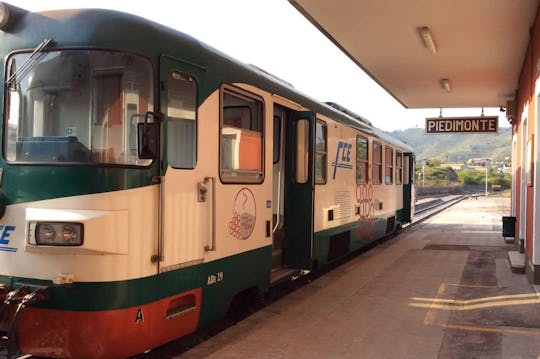Where to go
Italy
Things to do in Catania
An ancient Greek colony, a city continuously reborn from the ashes. This is Catania. A beauty nestled between the sandy shores of the Mediterranean and the fertile, lava-scarred slopes of Mount Etna. With its UNESCO World Heritage Site historic centre, baroque architecture, basalt palaces and monuments shrouded in mystery, Catania is a must-see destination with a fiery spirit and an enviable gastronomic offering. The top six things to do in Catania 1. Uncover Catania’s baroque soul Sicily is a treasure trove of baroque architecture but what makes Catania different form other cities is the use of volcanic basalt rock, giving it an air that’s both solemn and individual. Via dei Crociferi, known as the ‘Baroque living room of Catania’, is an unmissable starting point. This street is famous because in a stretch of under 200 metres, it houses four beautiful churches – San Benedetto, San Francesco Borgia, the Jesuit College and San Giuliano. Two other fine examples of the baroque elegance are Porta Uzeda and Porta Ferdinandea, as well as Sant’Agata Cathedral and the Palazzo dell’Università, along the famous Via Etnea. 2 Admire Piazza Duomo’s treasures Another essential stop is Piazza Duomo, which houses the emblematic Elephant Fountain, symbol of the city. This black basalt statue of an elephant – the medieval Arabas called Catania the ‘City of the Elephant’ – dates from the early 18th century. In the same square, you’ll also find Sant’Agata Cathedral, another masterpiece of Sicilian baroque. Destroyed and rebuilt several times following disastrous earthquakes, it’s the only fortified church in Italy, and is dedicated to the city’s patron saint. Pop inside to admire works of great historical and cultural value, together with the tombs of medieval Norman, Swabian and Aragonese kings. 3. Take a walk along Via Etnea A local favourite, Via Etnea is an iconic street that leads you to the historic centre. This wide avenue lined with boutiques and baroque buildings stretches for about 3km, with Mount Etna serving as the backdrop. At the end of the 17th century, it was reforged after an earthquake with the symbolic concept of joining Piazza Duomo to the volcano. Taking a walk down this elegant street means living and breathing the local culture, where you can stop by bars with panoramic terraces, poke around shops for traditional Sicilian trinkets or even access the garden of Villa Bellini, Catania’s main public park. 4. Get up close to Mount Etna A trip to Sicily wouldn’t be complete without seeing its most famous volcano up close. Mount Etna Park is a stone’s throw away from Catania, with plenty of excursions departing daily. From rip-roaring buggy rides to guided hiking tours, you can experience Mount Etna’s volcanic landscapes in a variety of ways. But the ash-washed slopes are also a culinary and grape-growing hot spot. The rich and fertile volcanic soils are ideal for producing homemade cheeses, extra virgin olive oil and wines. 5. Savour Sicily’s flavours Traditional fish markets, centennial pastry shops and family-owned restaurants are the rub of Catania’s food scene. With an abundance of mouth-watering street food and local desserts to choose from, you’ll be in for a real treat. Make sure to stop by the loud and proud Pescheria, where you can get the catch of the day, prepared right before your very eyes. Specialities include ‘cartocci di pesce’, ‘arancinetti di spada’ and ‘sarde a beccafico’. If you’re looking to satisfy your sweet tooth, then cassata, granita with brioche and cannoli are a must. 6. Head to Ursino Castle If you want to take a step back in time and get a full 360° experience of Catania’s history, then a trip to Ursino Castle, now home to the Civic Museum, should be near the top of your list. Built during the reign of Frederick II, this 13th-century Gothic fortress provided the setting for some of the most important events in Sicilian history, including the War of the Vespers. Originally a sea-facing fortress, the castle has shifted a few hundred metres inland due to seismic activities and eruptions over the centuries.
